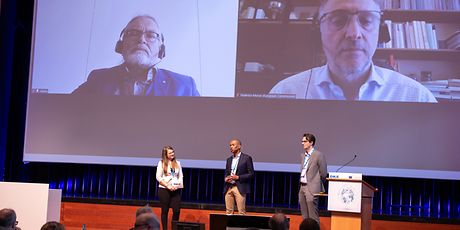Standards following the Harmonized Standards System (HAS) are called Harmonized Standards (hENs). They are technical standards developed by European standardization organizations to support the implementation of European Union (EU) legislation, particularly in the areas of product safety and free movement of goods within the European Single Market.
The concept of harmonized standards aims to eliminate technical barriers to trade and ensure that products conforming to harmonized standards are presumed to comply with the essential requirements of relevant EU directives and regulations. By complying with these harmonized standards, manufacturers can demonstrate that their products meet the necessary safety and performance requirements, facilitating market access throughout the EU. Harmonized standards are not mandatory, but they offer a presumption of conformity with EU legislation. What harmonized Standards are and how they are developed was explained in the European Commission and DKE Chair Secretary and Convenor Forum by representatives of the European Commission, the HAS Contractor, HAS Consultant and CCMC.







